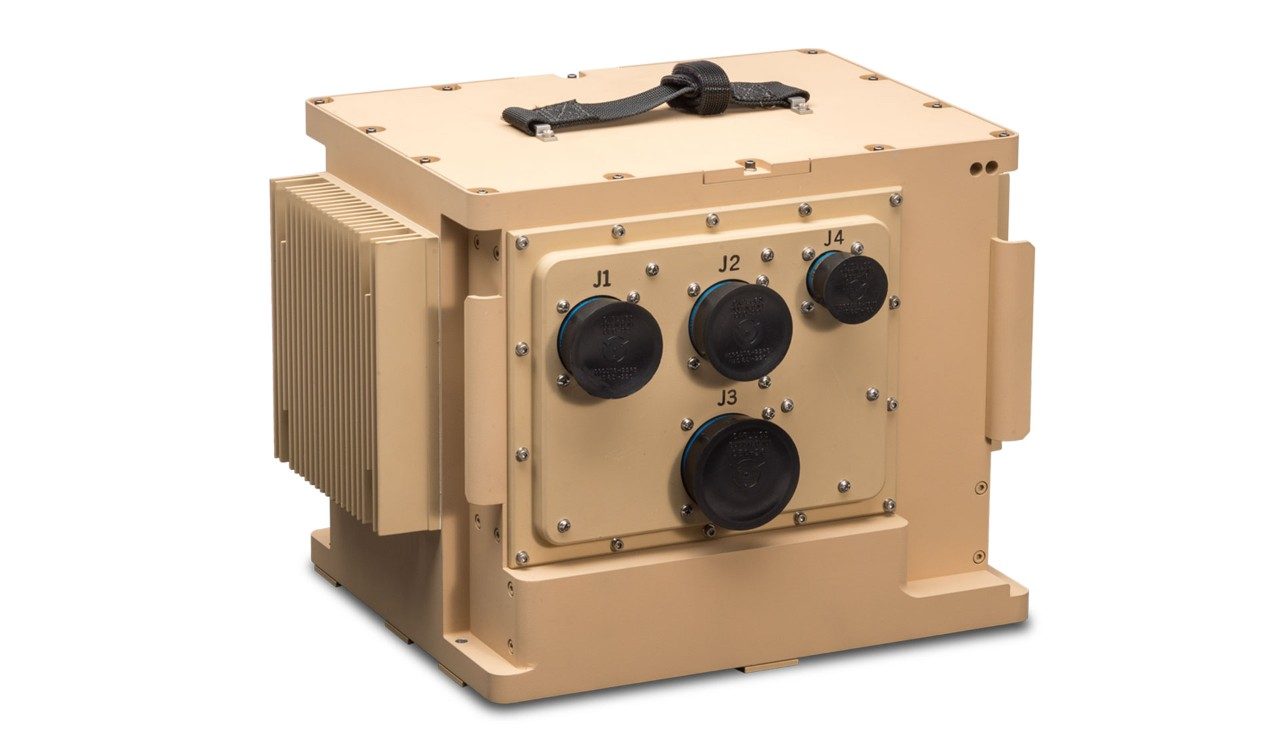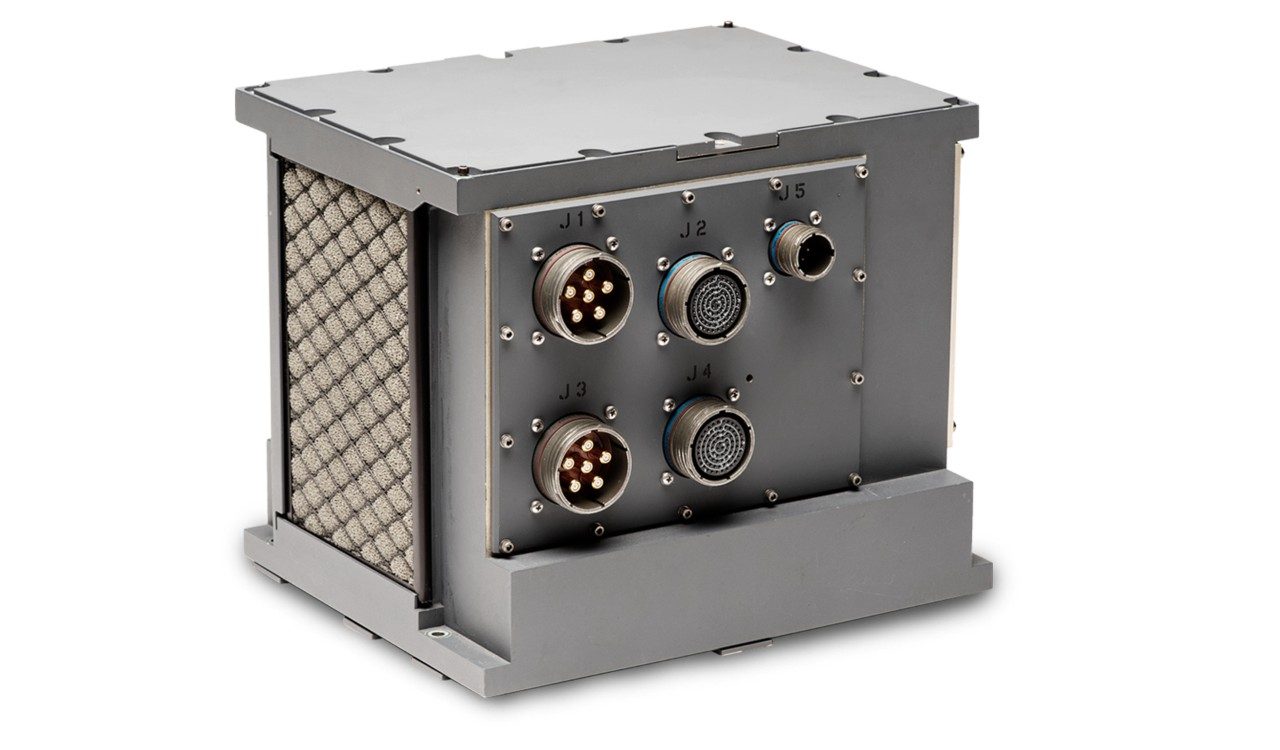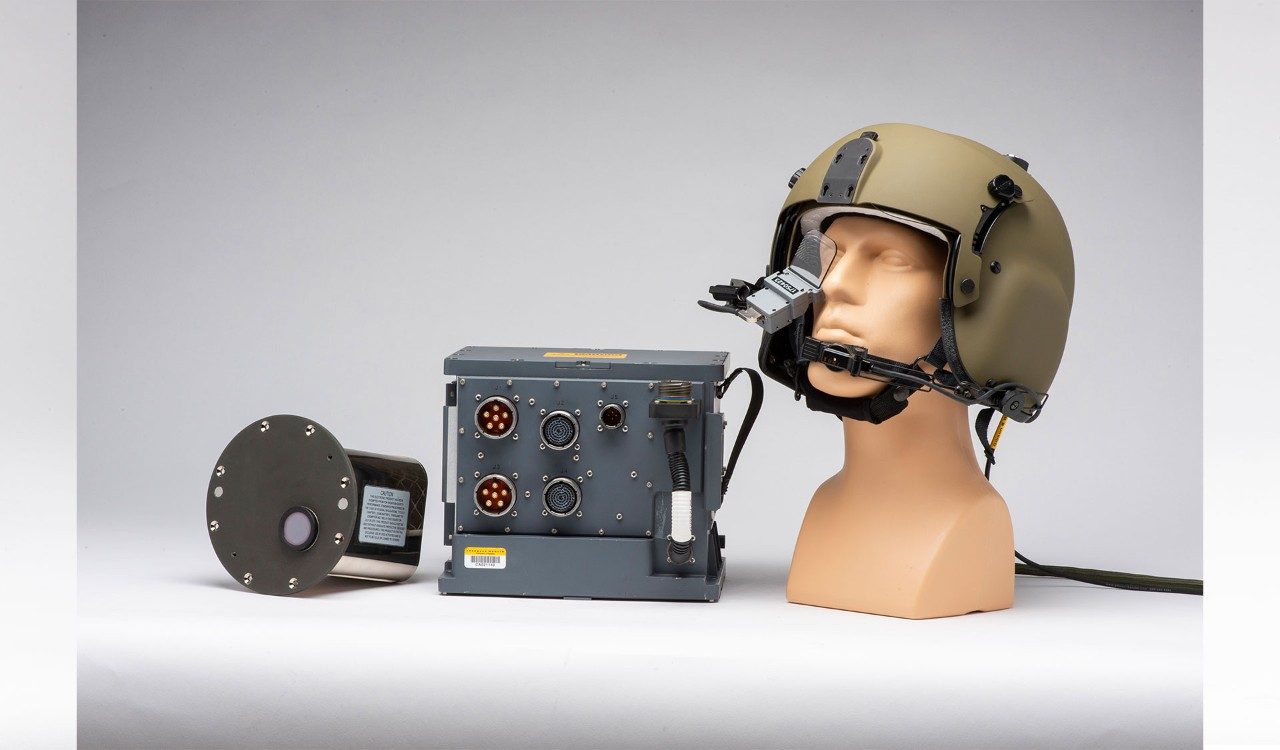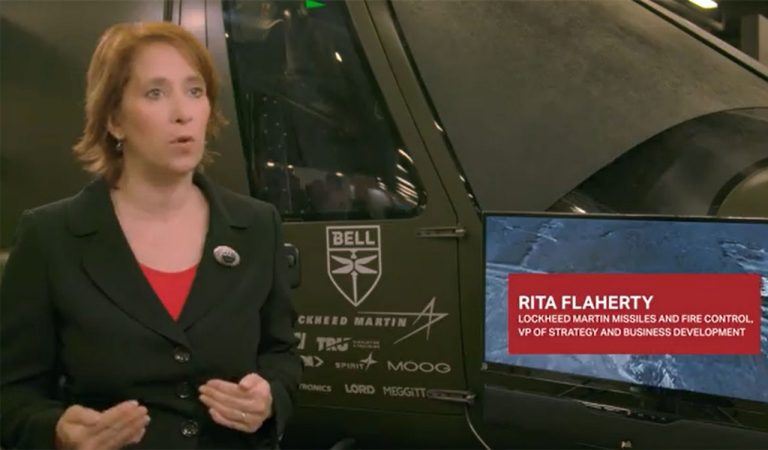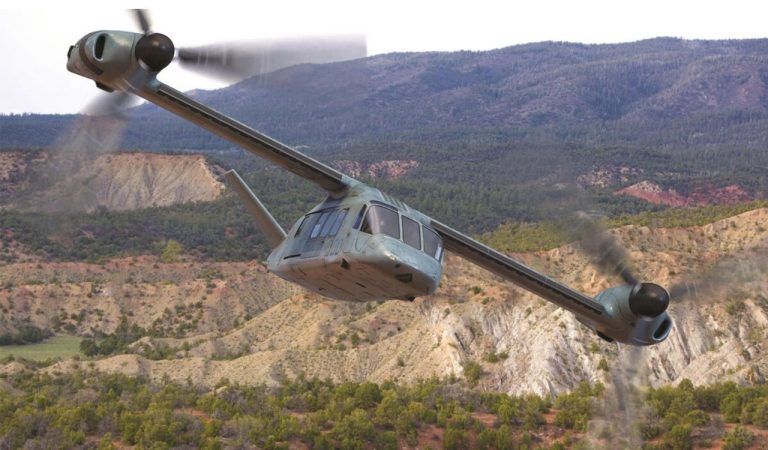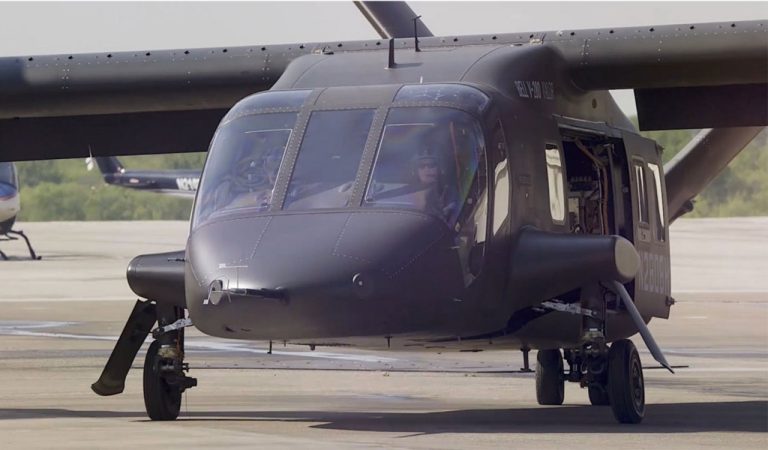Lockheed Martin’s Open Architecture Processor (OAP) is a common processor for multiple sensors and self-defense systems operating on ground, air and maritime platforms. Ample processing power supports multiple applications that include degraded visual environments, pilotage, situational awareness, active protection, reconnaissance, fire control, targeting and hostile fire. OAP consolidates multiple proprietary processors into a single box, reducing space, weight and power.
OAP technology is transforming the way warfighters fight, fly and maneuver on the battlefield—and how customers will procure and sustain defense systems.
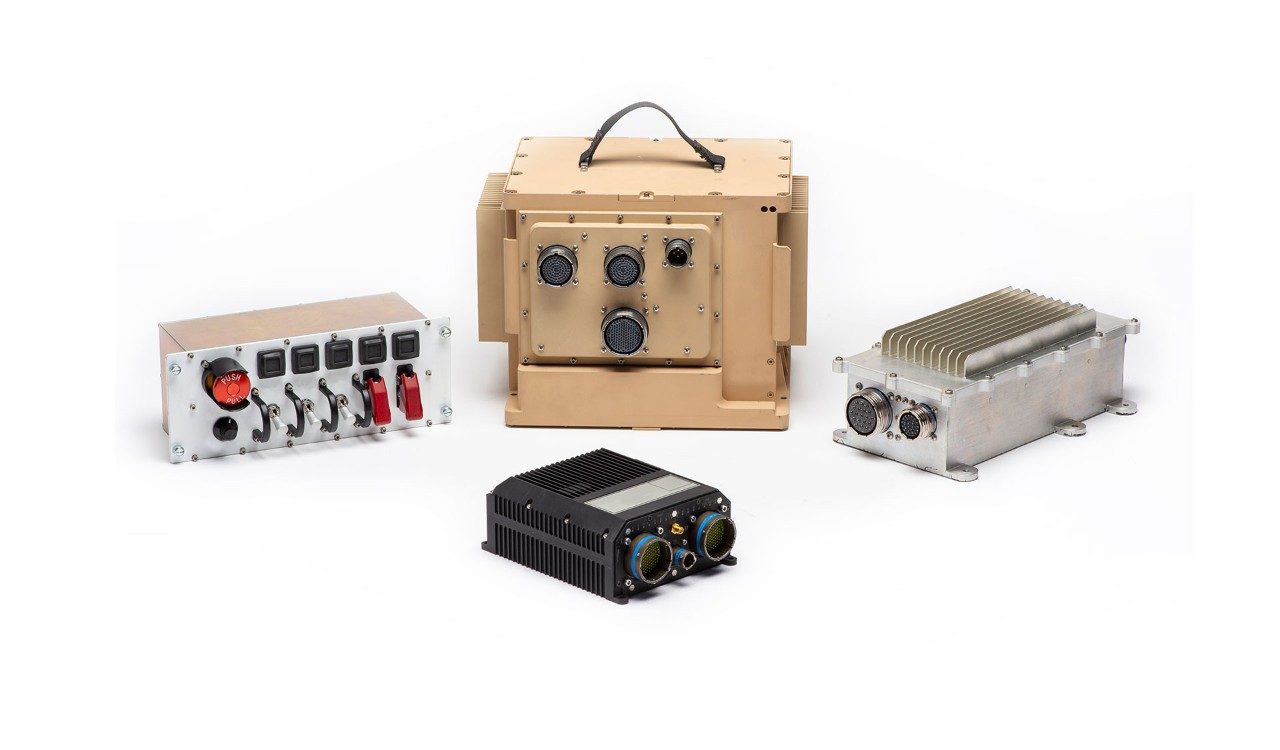


Agility
Meet emerging threats by changing only the components necessary to defeat them… and keep one step ahead of adversaries

Affordability
Upgrade at the component level to reduce developmental cost, extend system life cycle and promote best-of-breed solutions by avoiding vendor lock

Commonality
Add new or improved components to multiple equipped platforms to lower risk and maximize development investments
Our OAP is driving critical technologies for both current and next-generation platforms, in the air and on the ground.
When threats pop up, the MAPS base kit is ready to engage. In a series of live-fire tests conducted by the U.S. Army, MAPS-enabled systems defeated 15 out of 15 anti-tank guided missiles by jamming their signals, causing them to fly off-target. And the system is ready to meet all U.S. Army security and safety certification requirements to ensure warfighter safety.
PDAS is the first tactical installation of a multi-functional, embedded DAS for Army aviation. It has generated complete spherical infrared imagery using six simultaneously streaming sensors in a tactical flight environment. Its OAP is a powerhouse that delivers simultaneous 360-degree imagery to multiple users in real time. And it’s ready to drive emerging technologies like multi-model sensor fusion (MMSF) and threat detection solutions.
Modular Active Protection Systems: Ahead of the Threat Curve
The open-architecture MAPS base kit links sensors and countermeasures, enabling users to stay ahead of the threat curve.
Lockheed Martin's 360-Degree Pilot Visual System Completes First Flight On Bell V-280 Valor
The Pilotage Distributed Aperture Sensor (PDAS) system is the first tactical installation of a multi-functional DAS system for Army aviation.
(407) 284-9248
(407) 356-7281




